
Simple Ways to Cool Your Home
In summer, homes can trap heat like a sauna. Sunlight sneaks in through windows, roofs, and poorly insulated walls. That heat sticks to floors, furniture, and walls, then bounces back into the air.
Daily stuff like cooking, using electronics, and doors that don’t seal well make it even hotter. All together, it creates a heat trap right inside your house. But don’t worry, there are easy ways to cool it down. Swipe through to learn how to chill your space fast.
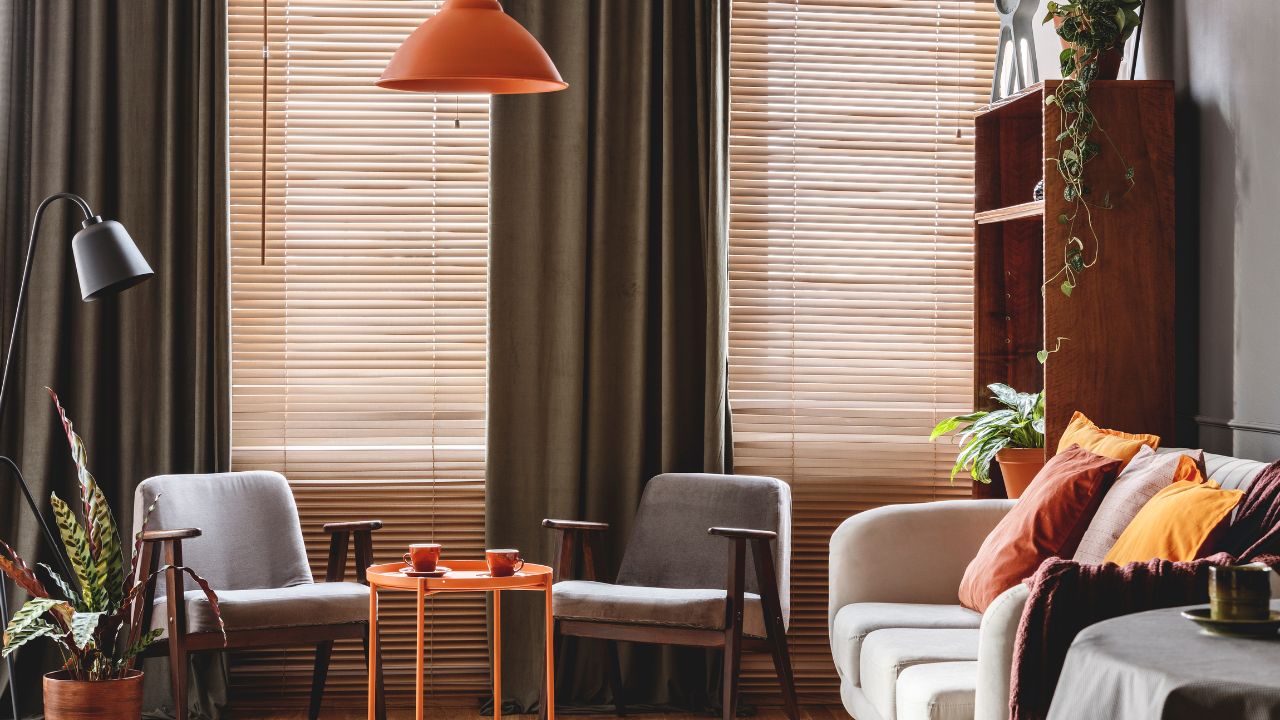
Block the Sun During the Day
Keep sunlight out by closing curtains, blinds, or using window shades during the day. This helps stop heat from getting inside and keeps rooms cooler. Use blackout curtains or thick drapes for even better results.
You can also stick reflective film on windows to bounce the heat away. If you want a high-tech fix, smart curtains can close on their own when it gets sunny. The goal? Stop the sun before it heats up your space.
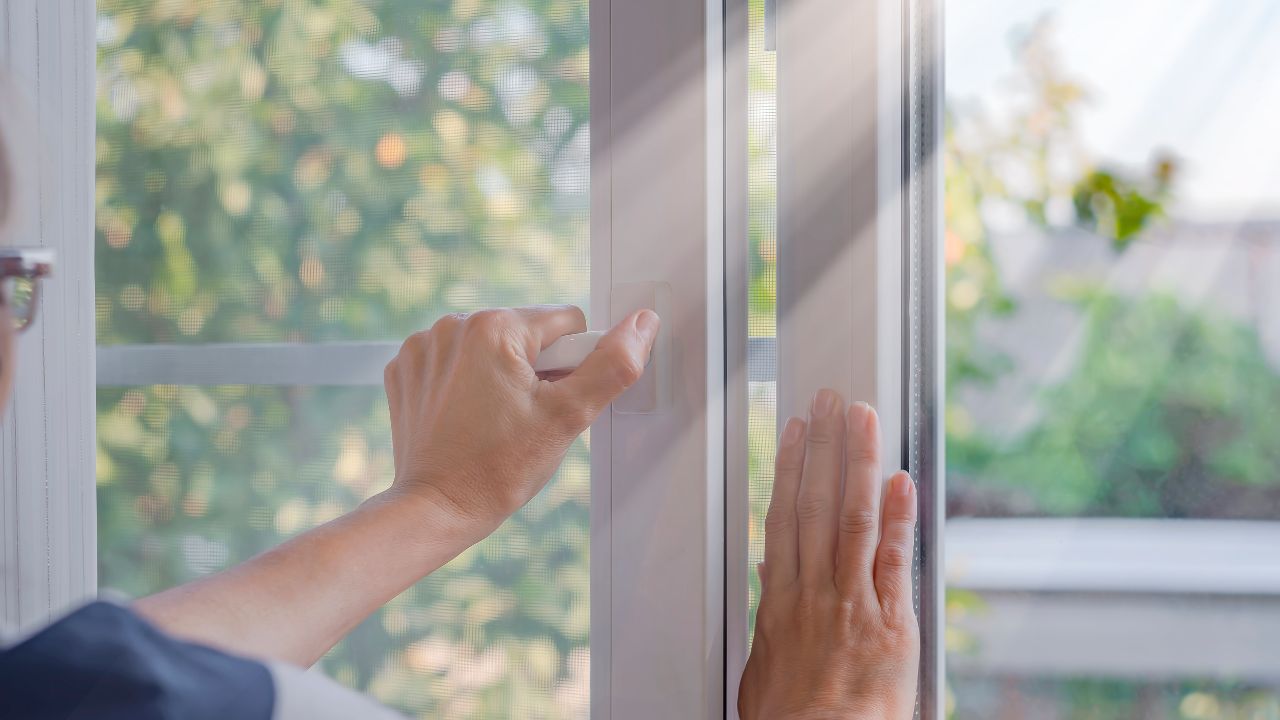
Cool Nights, Open Windows
Now that you’ve sealed out the heat during the day, it’s time to flip the strategy at night. As temperatures drop, open your windows after sunset to let in that cooler air.
Cross-ventilation works best: open windows on opposite sides of the house to create a breeze. It’s an age-old trick that still works wonders, especially if you don’t rely solely on air conditioning.
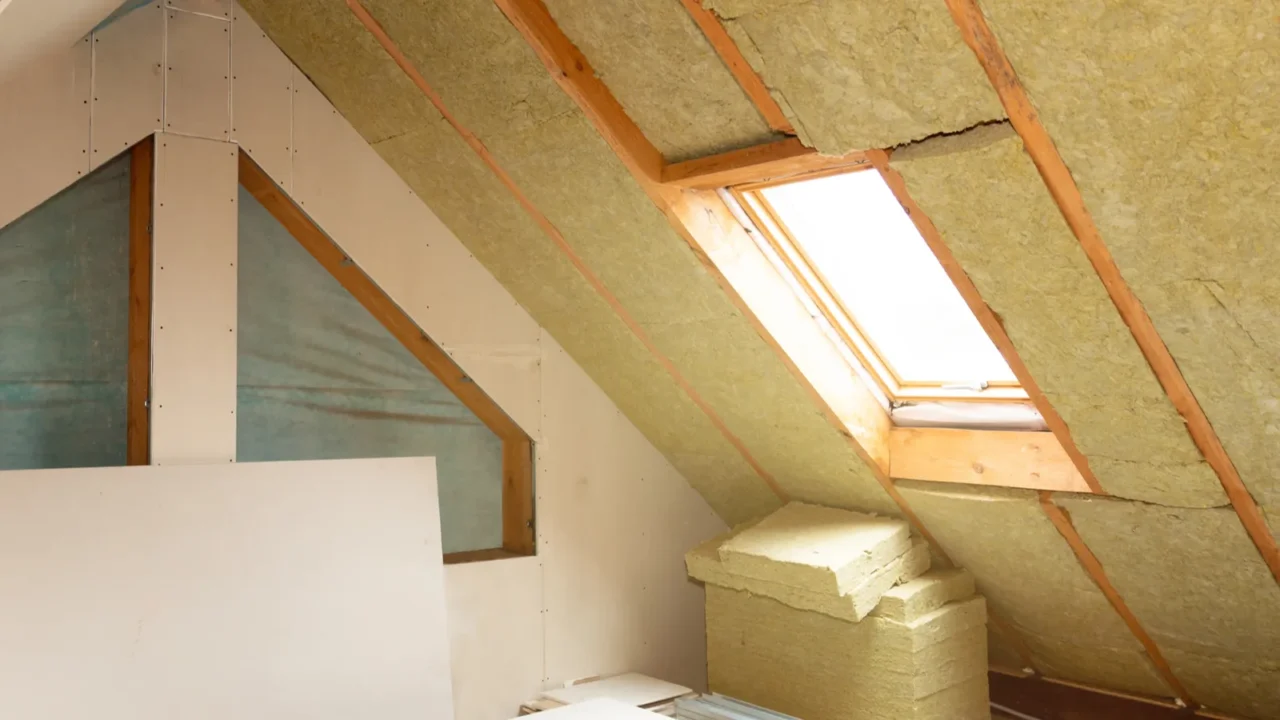
Boost Insulation Where It Counts
Heat sneaks in through your roof and walls if the insulation is thin or outdated. Adding or upgrading insulation in your attic and walls keeps cool air in and hot air out. This also reduces energy bills and helps year-round.
Think of insulation as your home’s internal sunscreen; it might be hidden, but it works hard. Spray foam, blown-in cellulose, or fiberglass batts all do the trick, depending on your home’s structure and budget.
Seal Up Every Air Leak
Tiny gaps around windows, doors, and vents might seem harmless, but they act like mini heat highways. Sealing these leaks with weatherstripping or caulk stops hot air from invading your space.
A well-sealed home maintains a stable, cooler temperature with less effort from your cooling system. Walk around your home on a hot day and feel for drafts; any breeze means a leak. Fix it, and you’ll instantly feel the difference.
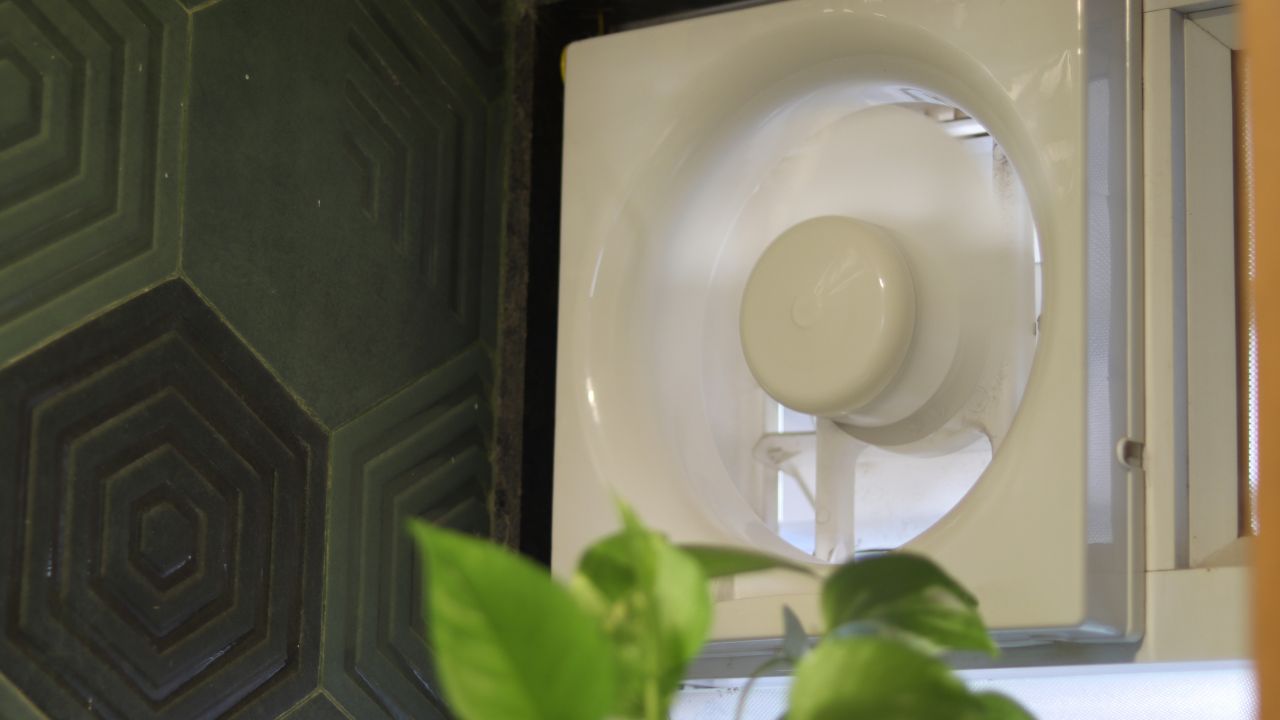
Use Exhaust Fans to Push Hot Air Out
Your kitchen and bathroom fans aren’t just for steam and smells. They’re also powerful tools for removing hot, humid air. Turn them on during and after showers or cooking to push out trapped heat.
If your home doesn’t have them, consider installing at least one in high-heat zones. This small action can reduce indoor humidity and make rooms feel much more breathable.
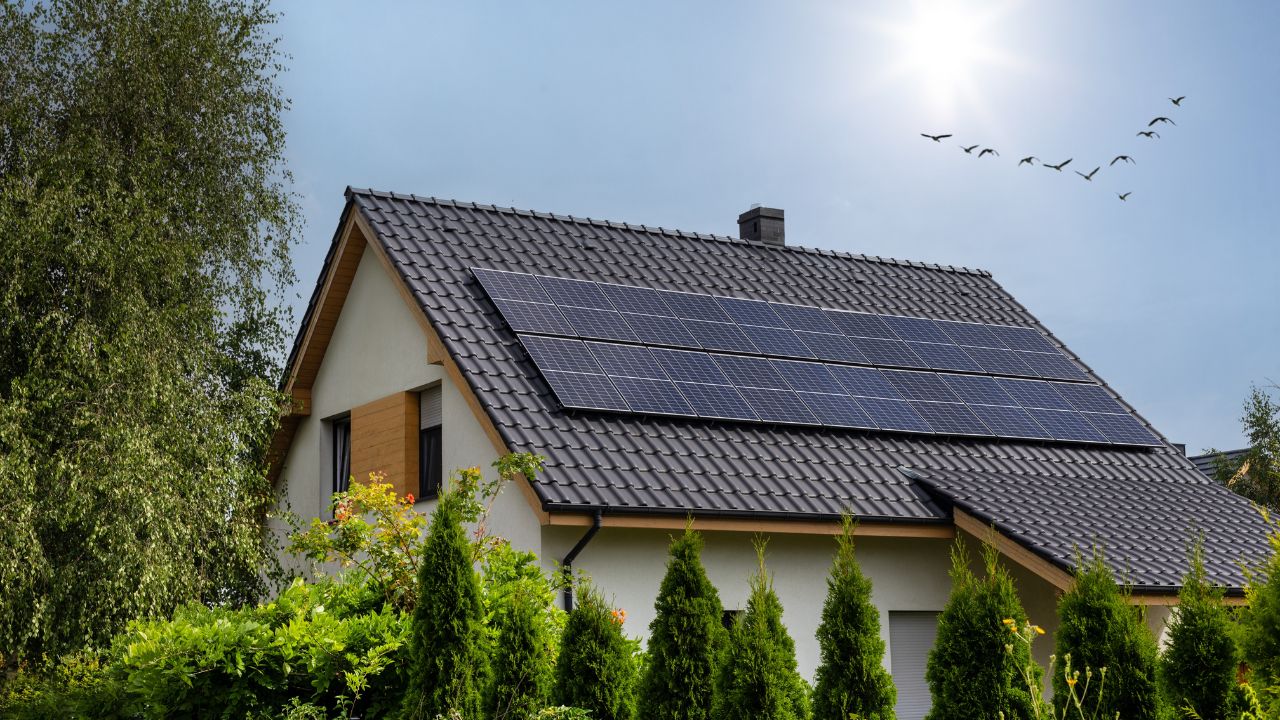
Shade Your Home With Plants
Nature’s air conditioner? Trees and shrubs. Planting greenery near sun-exposed windows and exterior walls creates natural shade that cools both your yard and your rooms. Tall deciduous trees block harsh summer sun but let winter warmth in once the leaves fall.
Fast-growing shrubs can start helping within a season. Bonus: greenery improves curb appeal and air quality, too. Over time, this one solution cools your home and reduces reliance on mechanical systems.
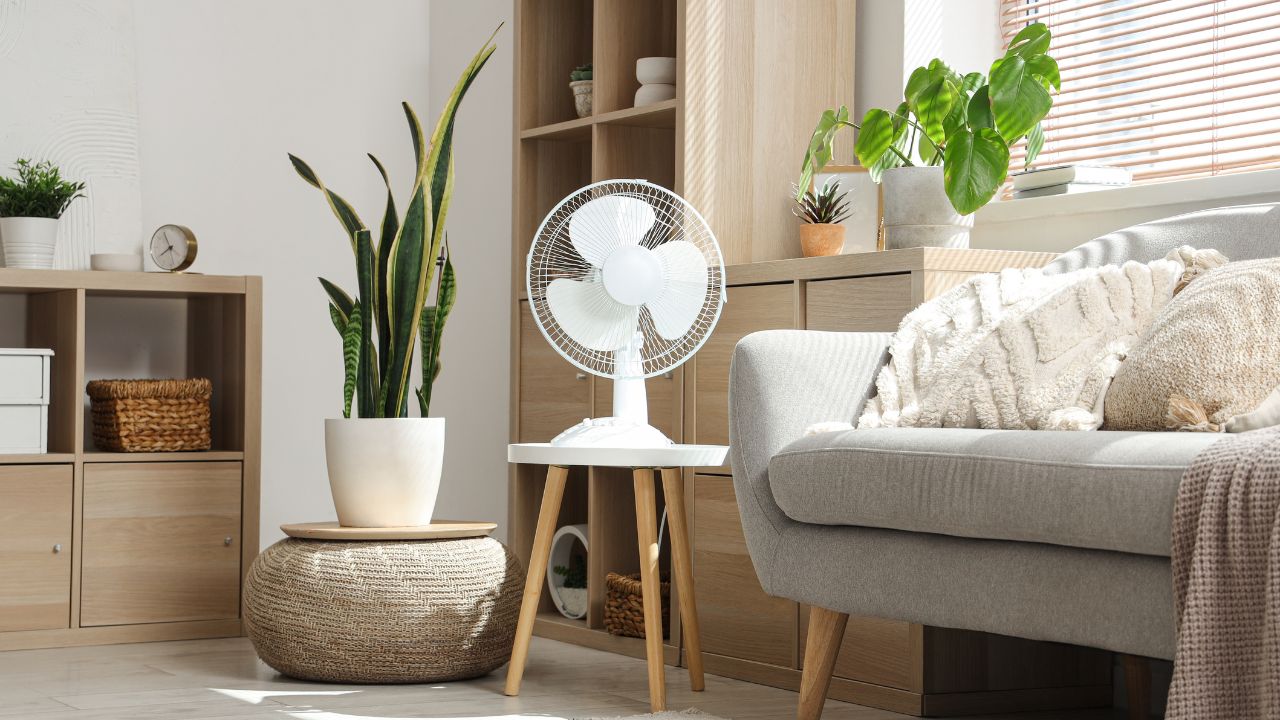
Use Ceiling or Standing Fans
Ceiling fans and standing fans don’t cool the air, but they do help you feel cooler by moving air around. This creates a wind-chill effect, making the room feel less stuffy. In summer, set your ceiling fan to spin counterclockwise to push cool air down.
You can find a switch on the fan or use a remote. No ceiling fan? No problem, place a standing fan near a window or hallway to boost airflow and comfort.
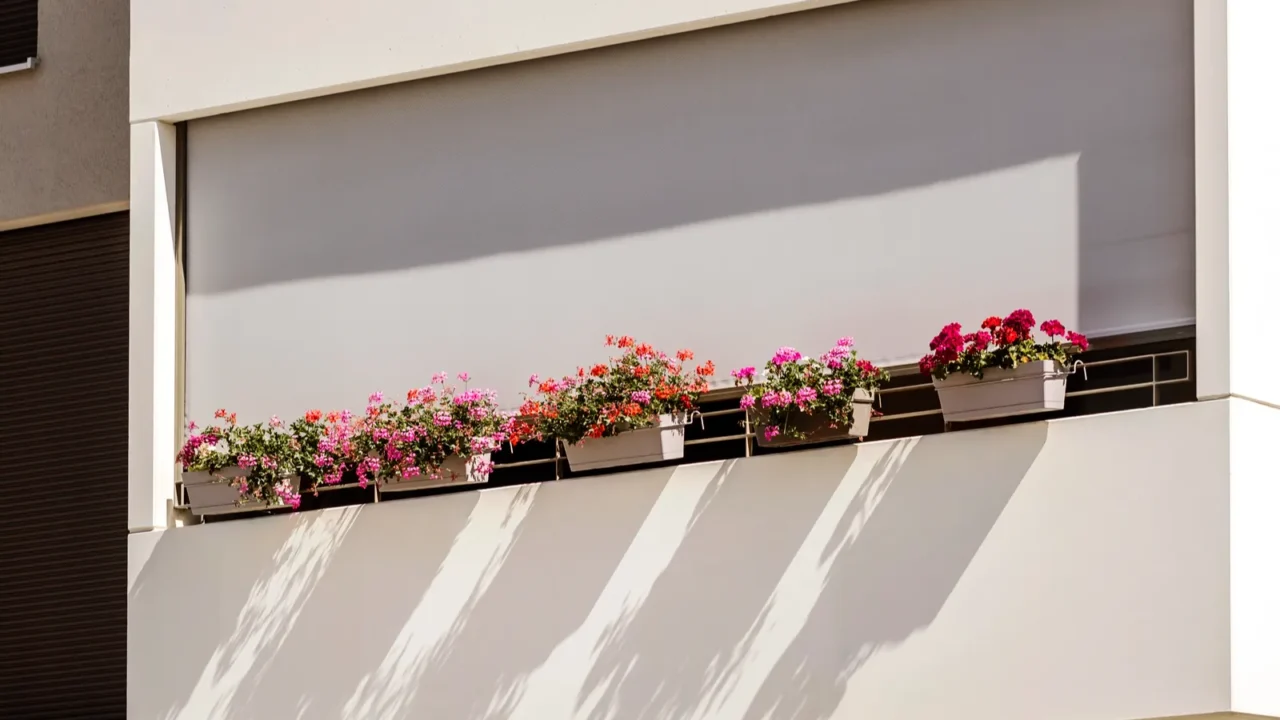
Add External Shutters Over Balconies or Open Spaces
Your balcony might be a favorite summer spot, but it also acts like a heat magnet. Adding external shutters or slatted screens provides instant shade and heat control without blocking airflow. These shutters cut down direct sunlight before it hits your windows or doors, keeping indoor temperatures cooler.
The best thing is that they add privacy and style. Choose adjustable or folding designs for flexibility, open them when you want a breeze, close them when the sun gets intense.
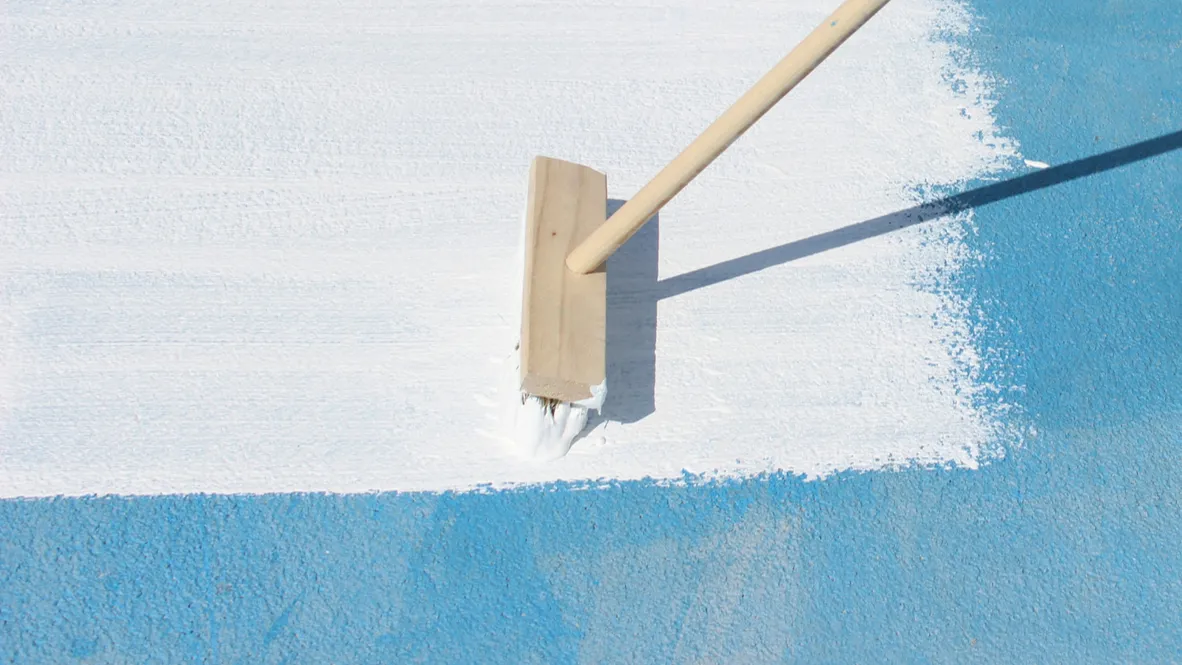
Try Reflective Paint on Roof
If your home heats up like an oven from the top down, your roof could be the reason. A smart fix? Reflective roof paint.
Applying reflective paint to your roof can significantly reduce indoor temperatures by reflecting sunlight away from your home. This method is especially effective for homes with tin roofs or in areas with intense sun exposure.

Avoid Heat-Heavy Chores During Peak Hours
Ovens, stovetops, and dryers release serious heat into your living space. If possible, save these tasks for early morning or after sunset. Better yet, switch to no-cook meals, microwave recipes, or outdoor grilling.
In the laundry room, run the dryer overnight or opt for air drying. The goal: reduce internal heat sources when it’s already sweltering outside. It’s a habit change that pays off quickly.

Choose Light and Breathable Bedding
Hot nights are the worst, so start with your bedding. Ditch dark, heavy fabrics and switch to cotton or linen in light colors.
These materials are breathable and reflect, rather than absorb, heat. Lighter layers also make it easier to adjust comfort levels through the night. A well-ventilated sleep setup can help you rest easier, even if your home still feels a little warm.
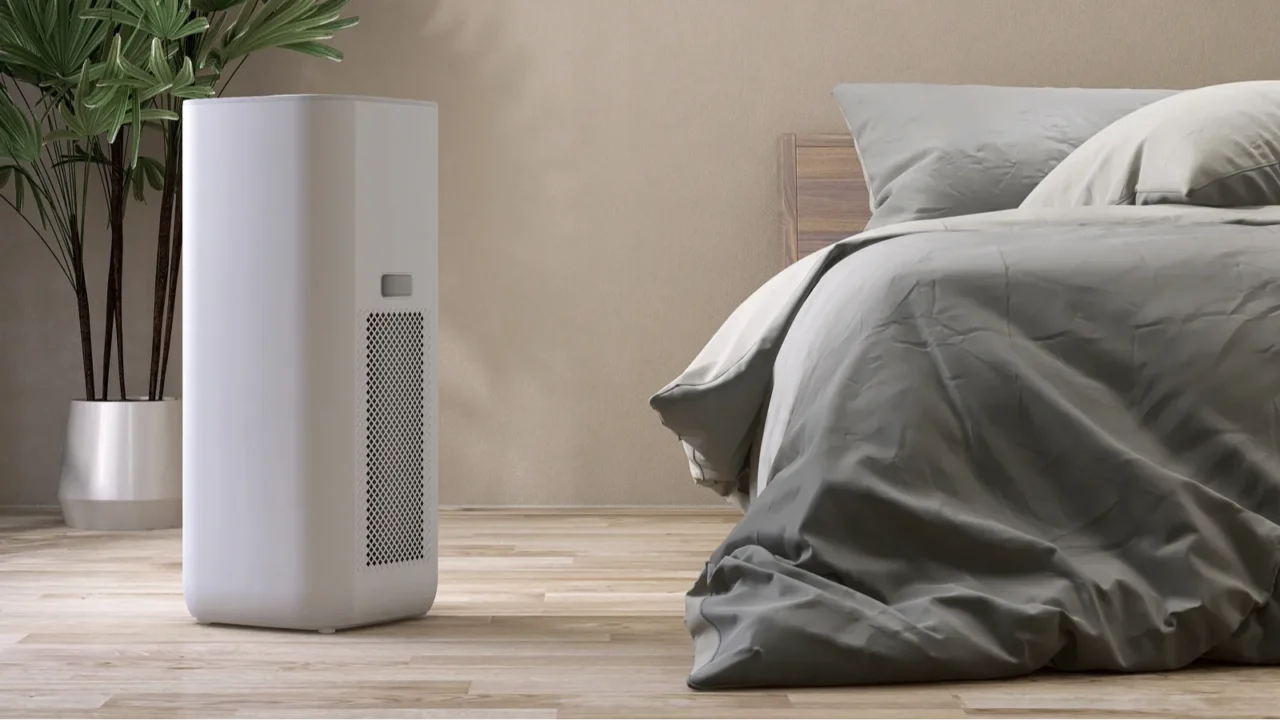
Reduce Humidity With a Dehumidifier
Humidity makes heat feel worse than it is. A dehumidifier pulls moisture from the air, making rooms feel cooler and more comfortable. This is especially helpful in kitchens, bathrooms, or humid climates. Some AC units also have a built-in dry mode.
By managing moisture, you reduce that sticky, swampy sensation and help your body regulate its own temperature better indoors.

Build a Solar Chimney
A solar chimney might just be your low-tech hero. It runs on sunshine and clever design, no fans, no electricity, no hassle. As the sun heats up the chimney, it creates a natural updraft that pulls hot air up and out of your home, kind of like a vacuum for heat.
Meanwhile, cooler air flows in from below to take its place. It’s quiet, eco-friendly, and works best in sunny climates. Think of it like free air conditioning, especially helpful for upper floors where heat loves to hang out.
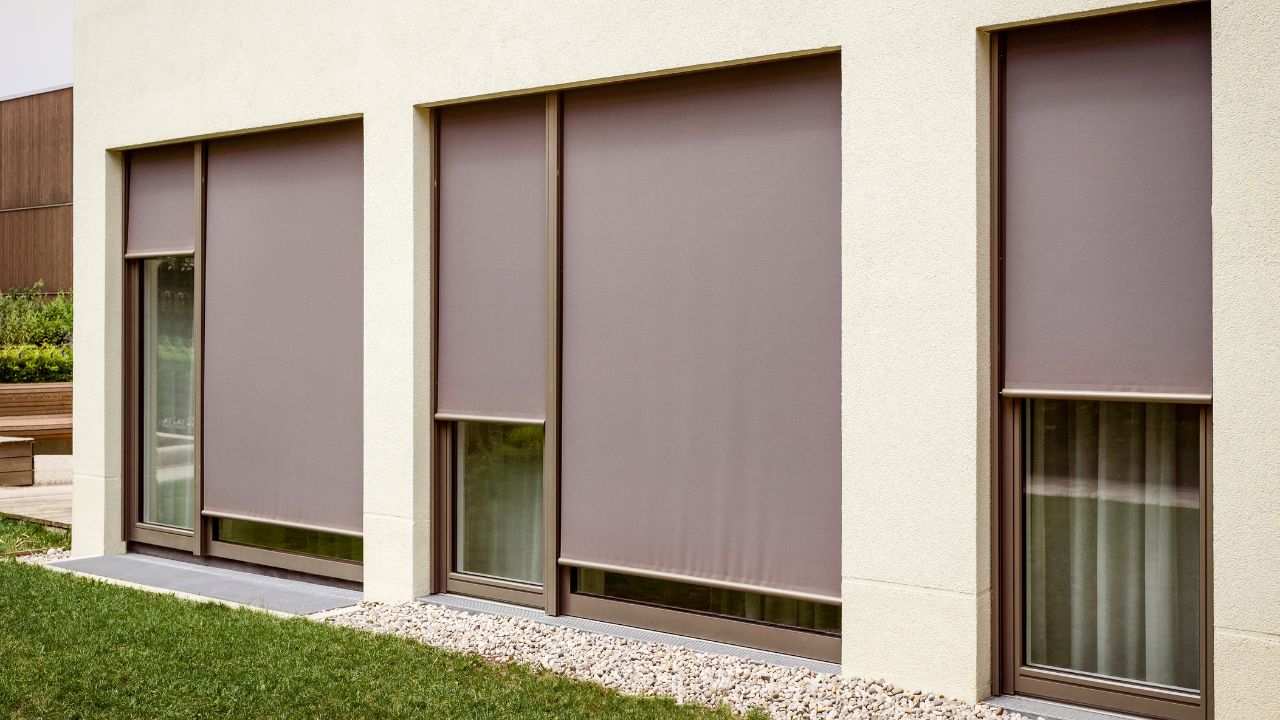
Install Exterior Window Shades or Awnings
Once you’ve blocked the sun from the inside, take it a step further, stop it before it hits your windows. Awnings, shutters, and exterior shades block sunlight before it hits the glass. Some options are retractable, so you can adjust based on the weather.
These outdoor solutions help keep your home cooler without overusing the AC, and they add a stylish touch to your home’s exterior. Shading the outside makes a big difference in controlling indoor temperatures!
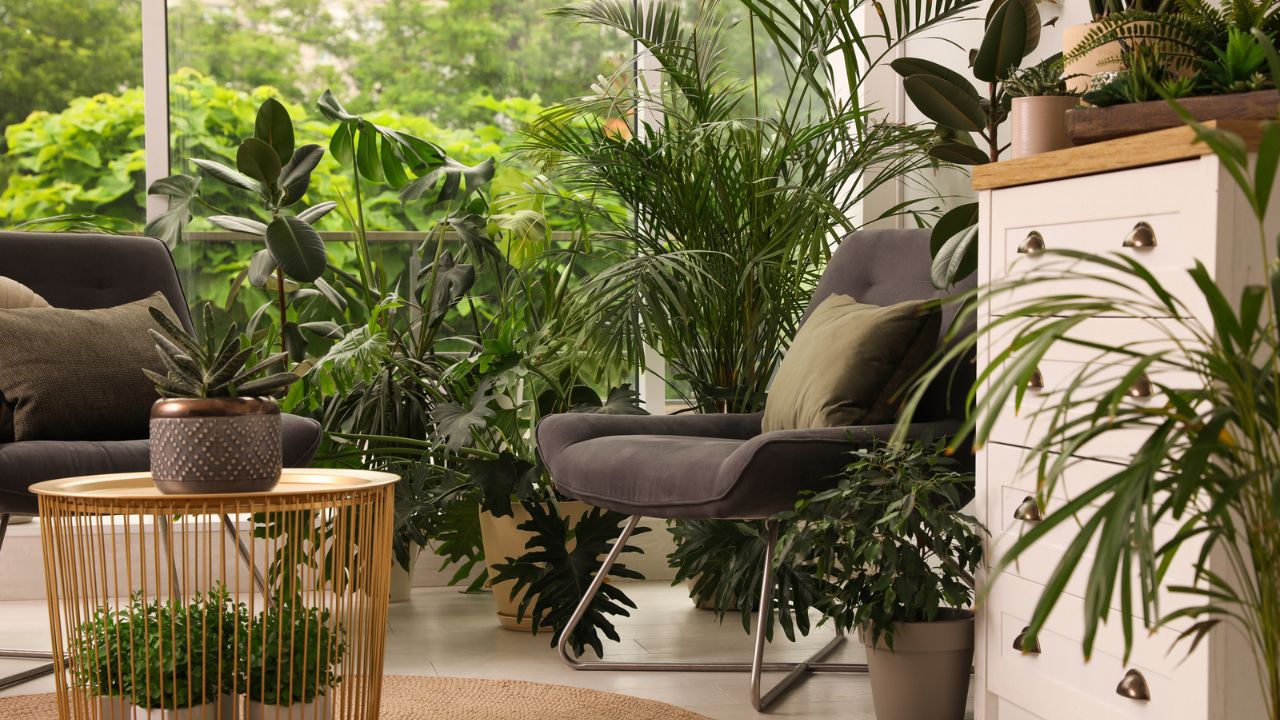
Add Indoor Plants for Natural Cooling
You can also take advantage of indoor plants like snake plants, peace lilies, and aloe vera. These green buddies help cool your space by releasing moisture into the air, a natural process called transpiration. It’s like nature’s own air conditioner.
Plus, they clean the air and boost your home’s vibe. Try clustering them near sunny windows or in stuffy corners. They’ll thrive and help make those spots feel way more refreshing. Want to know which ones work best? Check out these 10 indoor plants that keep your home fresh all summer.
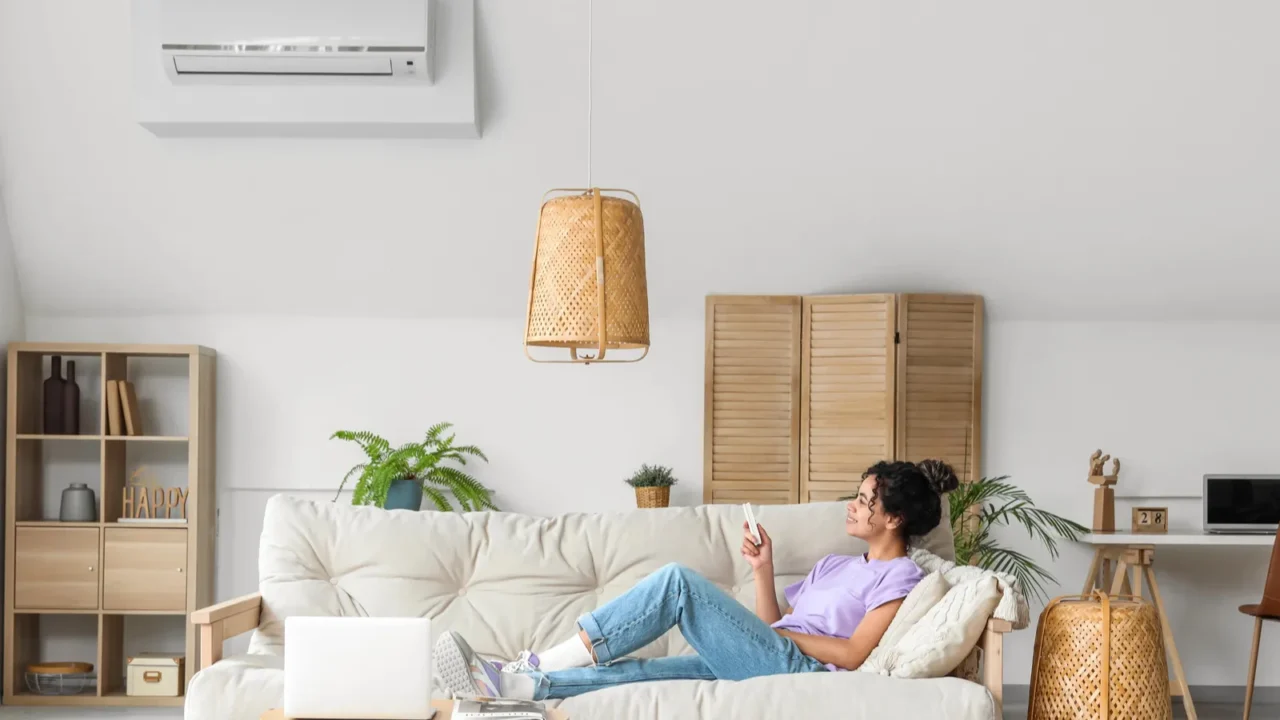
Enjoy a Cooler, Comfier Home
Once you’ve made a few of these simple changes, like blocking harsh sunlight during the day, using fans the right way, adding indoor plants, and letting in the evening breeze, your home will start to feel way more comfortable.
You don’t need to blast the AC all day to stay cool. Just small, smart updates can make a big difference. If you really want to enjoy the indoors during peak summer days, try adding some Hawaiian-inspired decor for that perfect island vibe.
What’s your favorite trick to beat the heat without blasting the AC? The more tricks we have, the merrier it is!
Read More From This Brand:
- Pastel Makeover for a Cool Summer Study Room
- Refreshing Retreat: Summer Bathroom Makeover Ideas
- Best Indoor Playroom Ideas for Summer Heat
Don’t forget to follow us for more exclusive content right here on MSN.
This slideshow was made with AI assistance and human editing.